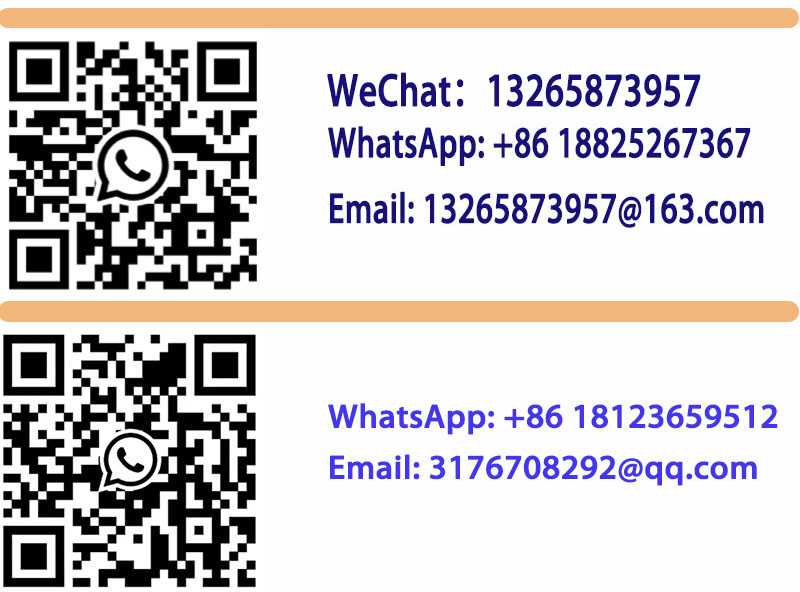The life calculation of load cell usually involves many factors, including material quality, manufacturing technology, use environment, load and maintenance management. The following are some specific calculation methods and considerations
Calculation based on fatigue test For some load cells working under alternating load, their fatigue life is an important performance index. Generally, fatigue tests are conducted to test their fatigue fracture resistance, and calculations are made according to test data and related theories. For example, the fatigue curve of materials (such as S- curve) and the stress level of the sensor in actual work are used to calculate the hydraulic fatigue life of the sensor under different working conditions, combined with Miner's linear damage accumulation theory. If the parameters such as the number of cycles n of the sensor under a certain alternating load and the stress amplitude corresponding to the load are known, the approximate fatigue life range of the sensor under this working condition can be estimated by comparing with the fatigue limit of materials and related curves.
Based on empirical formulas and statistical data
Some types of load cells have corresponding empirical formulas or statistical data for reference. For example, for some strain-gauge load cells with constant wind, their service life can be estimated according to certain empirical formulas under specific use environment and load conditions. These formulas are usually summarized based on a large number of experimental data and practical application cases.
Taking a strain gauge load cell of a certain type as an example, its service life t (year) may be approximately in the form of t = c/(p A) when it is subjected to static load and does not exceed 809 of the rated range at room temperature, where C and A are constants determined according to experiments, and P is actual.
Proportion of working load to rated range.
Consider the influence of environmental factors.
If the sensor is exposed to high temperature for a long time, the aging speed of its internal materials will be accelerated, which will lead to the decline of elastomer performance and the change of electric anode of strain gauge, thus affecting the accuracy and life of the sensor. Generally speaking, for every 10℃ increase in temperature, the aging speed of the sensor may increase by about times. In this case, it is necessary to correct the life calculated at normal temperature according to the actual working temperature of the sensor and the thermal aging coefficient of the material.
In the environment of high humidity or corrosive gas, the metal parts of the sensor may rust and corrode, and the performance of electronic components may also be affected. At this time, it is necessary to evaluate the corrosion rate of the sensor components according to the humidity of the environment, the concentration of corrosive substances and other factors, and then estimate the life time reduced by corrosion.
Combined with the maintenance and management situation, if the sensor can be regularly maintained, calibrated and maintained, and the dust can be cleaned in time, the connection lines can be checked, and the position of components can be adjusted, its service life will be effectively prolonged. On the contrary, if necessary maintenance is lacking, the sensor may appear and gradually deteriorate, resulting in a shortened service life.
Assuming that the life of a load cell is 10 years under normal use and maintenance, if it is fully maintained and calibrated every year, its life may be extended to about 12 years. However, if it is not maintained for a long time, the performance may be seriously degraded or even unable to work normally within 5-8 years.
To sum up, the life calculation of load cell is a complicated process, which requires comprehensive consideration of multiple factors. In practical application, appropriate calculation methods should be selected according to specific conditions, and effective measures should be taken to extend the service life of the sensor-Shenzhen Kaidechang Electronic Technology Co., Ltd. is a professional manufacturer of high-quality and high-precision load cells. The main products are more than a thousand kinds of force control products, such as pressure sensor, pull-rod pressure sensor, S-type pressure sensor, ring sensor, column sensor, shaft pin sensor, weighing sensor, multi-axis force sensor, torque sensor, micro displacement sensor, pressure transmitter (hydraulic sensor), transmitter/amplifier, control instrument and handheld instrument, etc., and have obtained many national exclusive benefits; -Products are widely used in more than 10 new and intelligent high-end fields, including industrial automation production lines, 3℃, new energy, robotics, machinery manufacturing, medical care, textiles, automobiles, metallurgy and transportation. Product technology continues to innovate and new product research and development capabilities are strong.
Contact: JingPing Xie
Phone: +86-18123659512
E-mail: kaidc@kaidechang.com
Whatsapp:+86-18123659512
Add: Room 303, Longxin Building, No. 38, Nanlian Road, Nanlian Community, Longgang Street, Longgang District, Shenzhen, Guangdong, China
We chat
